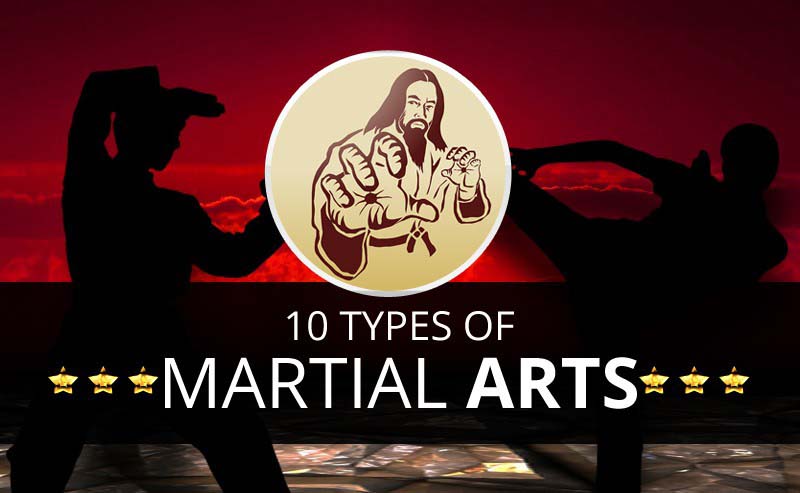The Worldwide Background And Makeover Of Martial Arts
The Worldwide Background And Makeover Of Martial Arts
Blog Article
Short Article Composed By-Kaufman Matthews
Martial arts have a fascinating background that covers centuries and continents. You might discover it fascinating exactly how ancient methods like Shuai Jiao and Kalaripayattu prepared for contemporary combat techniques. These techniques not only highlight physical abilities yet additionally reflect the societies that birthed them. As you discover their evolution, consider just how globalization has actually changed these traditional kinds right into crossbreed styles. What impacts do you believe have formed today's martial arts landscape?
Ancient Martial arts: The Structures of Fight
As you explore the globe of ancient martial arts, you'll discover the rich foundations that shaped fight strategies across cultures. Early methods focused on Self-Defense and survival, frequently including strikes, hurting, and weapons.
In ancient China, as an example, techniques like Shuai Jiao highlighted throws and joint locks, while India's Kalaripayattu showcased agility and fluid activity. Japanese samurai established Kenjutsu, a refined swordsmanship that highlighted technique and technique.
These martial arts offered not just for fight however also as a means of individual growth, instilling worths like respect and determination. The blending of these techniques with time prepared for the diverse martial arts you see today, each showing the special viewpoints and requirements of its culture.
The Cultural Influence on Martial Arts Advancement
While martial arts often reflect the sensible requirements of a society, they likewise personify the cultural worths and beliefs of their beginnings. When you explore different martial arts, you'll notice exactly how they're affected by religious beliefs, ideology, and social standards.
For instance, the emphasis on respect and self-control in Japanese martial arts stems from Zen Buddhism and samurai culture. On the other hand, Brazilian Jiu-Jitsu advertises versatility and strategy, shaped by the requirement for efficiency in a varied, multicultural setting.
You may discover that the rituals, attires, and training techniques reflect an area's history and identification. By recognizing these cultural influences, you grow your recognition of martial arts and their duty in shaping human experiences across the globe.
Modern Adaptations and the Globalization of Martial arts
Martial arts have changed dramatically in recent decades, adapting to modern society and international influences. You'll discover that traditional kinds have mixed with modern-day strategies, creating hybrid styles like mixed martial arts. These adjustments satisfy diverse target markets, making martial arts available and enticing worldwide.
With the rise of social media sites and electronic systems, you can locate tutorials and competitors from all edges of the globe, breaking geographical barriers. This globalization has resulted in a common appreciation for numerous disciplines, from Brazilian Jiu-Jitsu to Taekwondo.
As view it now involve with these arts, you'll recognize they're not practically fight; they advertise fitness, technique, and psychological well-being.
Ultimately, modern-day adjustments have enhanced the martial arts landscape, making it a vibrant and developing method.
Final thought
In exploring the history and advancement of martial arts, you discover a fascinating blend of strategies, cultures, and ideologies. From old self-controls like Shuai Jiao and Kalaripayattu to the modern-day versatility seen in MMA, martial arts mirror humanity's pursuit for Self-Defense and personal development. As you engage with these methods, you not only obtain abilities yet likewise a much deeper recognition for the varied practices that shape our world today. So, proceed your journey and embrace the art of battle!
